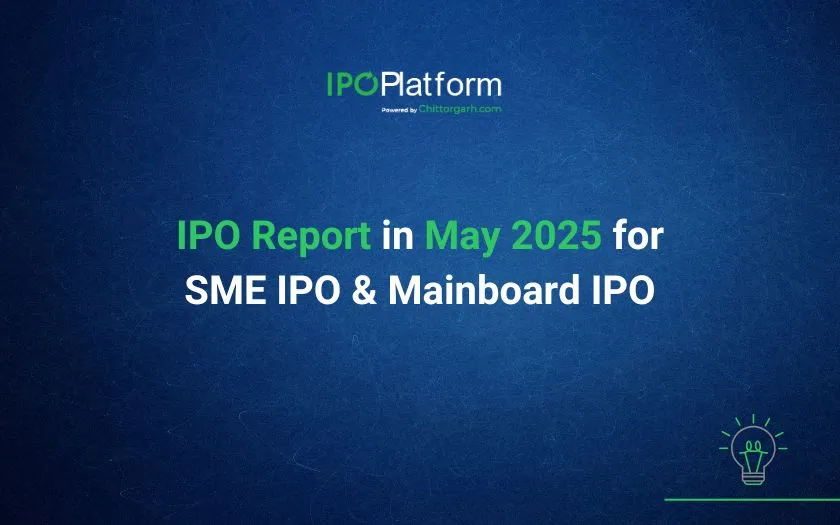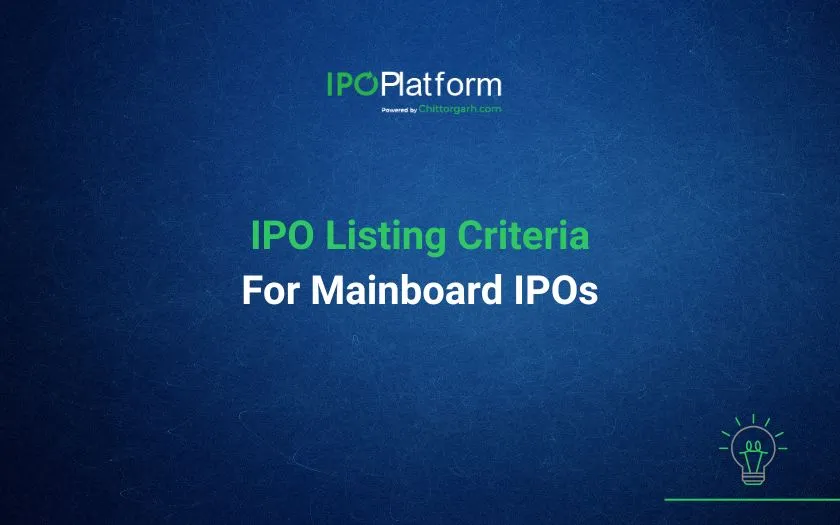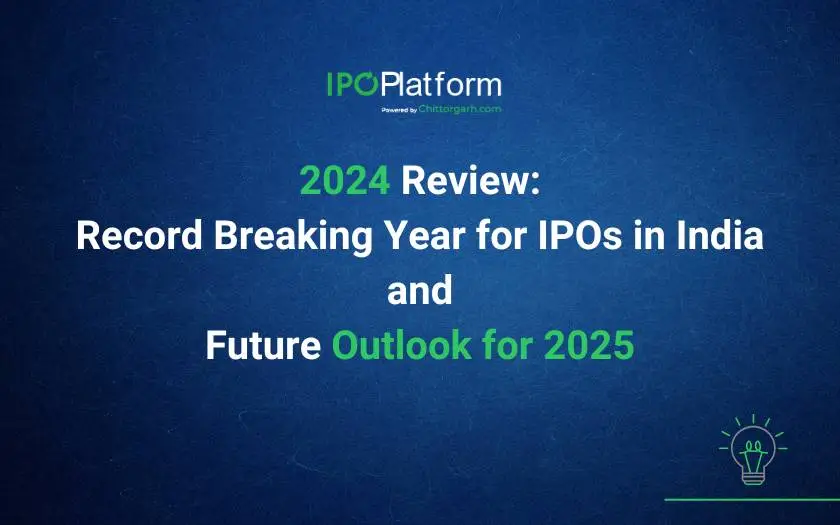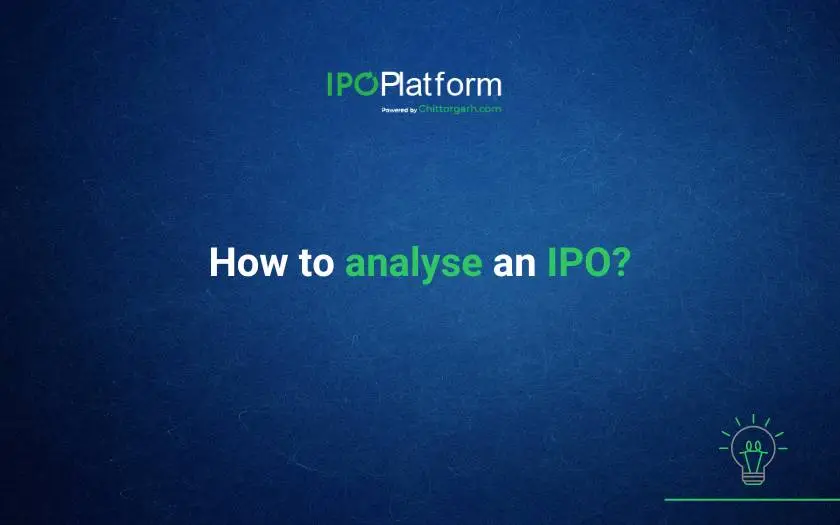Qualified Institutional Placement (QIP) Post Listing Funding

Qualified Institutional Placement (QIP) is a SEBI-regulated capital-raising method that allows Indian listed companies to issue shares or convertible securities to Qualified Institutional Buyers (QIBs) through a private placement. Introduced to reduce dependence on foreign funding and simplify capital access, QIP eliminates the need for extensive public disclosures or regulatory approvals required in IPOs and FPOs. It enables faster execution, lower compliance burden, and more controlled investor targeting. Companies must meet certain eligibility norms and pricing guidelines under SEBI’s ICDR Regulations. QIP has become a preferred route for time-sensitive fundraising, especially in volatile or fast-moving market environments.
What is QIP?
Qualified Institutional Placement (QIP) is a method by which listed companies can raise capital from Qualified Institutional Buyers by issuing securities. SEBI introduced QIP in India in 2006 under the SEBI (Disclosure and Investor Protection) Guidelines, 2000, and later incorporated it into the SEBI (Issue of Capital and Disclosure Requirements) Regulations, 2009 and 2018. It allows listed companies to raise funds without submitting any pre-issue filings to market regulators.
What are the benefits of QIP?
QIP is an alternative to foreign funding, limiting companies' reliance on external sources. It is a faster process compared to FPOs and requires less regulatory burden. It eliminates high legal and compliance costs associated with public offerings. The issue price is based on stock price history, which reduces the risk of price manipulation and ensures regulatory control.
Placement Document – In case of QIP, the Placement Document is prepared which is similar to a prospectus or offer document in a public issue, but is exempt from SEBI approval. It is circulated only to QIB’s and no public marketing is allowed. It is split into parts:
Part A: Publicly available – filed with stock exchanges and uploaded on their websites.
|
Section |
Description |
|---|---|
|
Company Overview |
Background, business and its operations, structure |
|
Risk Factors |
Key risks related to business, regulations, industry |
|
Use of Proceeds |
How funds will be utilized |
|
Capital Structure |
Pre and Post issue shareholding pattern |
|
Management Discussion & Analysis |
Management commentary of financials, industry, opportunities and risks. |
|
Legal and Regulatory Disclosures |
Any litigation, compliance matters, material contracts. |
|
Financial Information |
Audited financials (last 3 years), key ratios, accounting policies. |
|
Industry Overview |
Sector-specific analysis, demand-supply trends, competitive landscape. |
|
Management and Promoters |
Background of directors, key managerial personnel (KMPs), and promoters. |
|
Objects of the Issue |
Purpose of raising funds – capex, debt repayment, expansion, etc. |
Part B: Private and confidential – shared only with QIBs.
|
Section |
Description |
|---|---|
|
Details of the Offering |
Number of shares offered, price band, face value, and Issue size. |
|
Terms of the QIP |
Allotment process, QIB eligibility, lock-in (if any), etc. |
|
Confidential Risk Factors (if any) |
More detailed risks possibly customized for QIBs. |
|
Application Form/Instructions to Bidders |
Bidding and application process, allocation norms. |
|
Legal Opinions or Certifications |
If applicable, provided to QIBs only. |
Key Features of QIP
- Eligible Issuers – Only companies listed on recognized Stock exchanges are allowed to raise funds through QIP as it is method for raising additional capital. The company should be compliant with norms related to minimum promoter shareholding and it should not be barred from accessing capital markets.
- Eligible Investors – Qualified Institutional Buyers can be investors in a QIP. They include Mutual Funds, FPI’s, Insurance Companies, Pension funds etc. Retail investors and HNIs are not allowed in QIPs.
- Securities - Equity Shares, Fully Convertible Debentures (FCDs), Partly Convertible Debentures (PCDs), Any securities convertible into equity shares can be issued under QIP. Warrants are not allowed under QIP.
- SEBI Approval – Approval from SEBI is not a requirement for QIP. However, a company going for QIP should comply with SEBI ICDR Regulations and file post-issue reports.
- Lock-in Requirements – There is no lock-in period on the shares allotted through QIP. However, QIB’s cannot sell the allotted shares to promoters/promoter group for 1 year from the date of allotment.
- Minimum number of Allottees - Regulatory norms require at least two QIBs if the issue size is ₹250 crore or less, and at least five QIBs if the issue size exceeds ₹250 crores. Additionally, no single QIB is allowed to receive more than 50% of the total allotment.
- Fund Raising Limit – According to Section 186(2) of the Companies Act, a company cannot raise funds beyond 5 times the net worth through QIP without a special resolution.
- Public Advertising or Marketing – Companies are not allowed to market or publicly advertise the issue as QIP is a private placement.
QIP Process
-
Board Approval and Special Resolution
-
The first step in the process of QIP is Board Approval of proposal to raise funds through QIP. It includes determining tentative amount to be raised, type of security to be issued and authorizing the management to proceed with the necessary actions. After the board resolution, the company is required to obtain Special Resolution under Section 62(1)(c) through an EGM or Postal Ballot. The resolution is valid for a period of one year or fund raise whichever is earlier.
-
-
Appointment of Intermediaries and Preparation of Offer Documents
- After the approval, the company appoints various intermediaries including Lead Manager (Merchant Banker), Legal Counsel, Statutory Auditors, Registrars and etc. and starts preparing offer document which is divided into Part A (Public) and Part B (Private).
-
Pricing and determination of Relevant date
- The floor price determined in accordance with Regulation 176 of SEBI (ICDR) Regulations. It is calculated as the Average of the weekly high and low of the closing prices of the equity shares during the two weeks preceding the relevant date and a discount of up to 5% is permissible on this floor price.
- Relevant date is determined as the date of board approval or shareholder approval whichever is later and uses it to calculate the floor price in accordance with SEBI’s ICDR Regulations.
-
Filing of Application with the exchange
- The company then files an application with the Stock Exchange seeking In-principle approval. The application includes Draft Placement Document, floor price certificate from statutory auditor, Board and Shareholder resolutions, and other supporting documents.
-
Allotment
- After receiving the approval, the company launches the QIP by uploading Part A of Placement Document on the Stock Exchange and circulating Part B to the selected QIBs. The company then determines the final issue price and investor allocations.
-
Listing and Trading
- After allotment, the company applies to stock exchanges where its shares are already listed for listing and trading of shares allotted through QIP. The application is generally done within 24 hours of allotment and submits the required documents to exchange. The company coordinates with the depositories and Registrar & Transfer Agent to credit shares into QIN’s Demat account.
Once the Stock Exchanges completes the verification it issues trading approval to the company (commonly referred to as “Notice of Trading Approval”) and then the shares allotted under QIP are allowed to be traded in the open market under the company’s existing scrip code.
How QIP is different from FPO and IPO?
|
Criteria |
IPO |
FPO |
QIP |
|---|---|---|---|
|
Purpose |
When the company raises funds for the first time through offering its shares to the public and getting listed on the Stock Exchange (NSE, BSE or SME platforms). |
When a listed company issued additional shares to the public to raise funds. |
It is a private placement of shares by a listed company to only QIBs. |
|
Investors |
Open to all (Retail, HIN’s, Public, QIB) |
Open to all just like an IPO |
Only QIBs |
|
SEBI Approval |
SEBI Approval required. |
SEBI Approval required. |
No SEBI Approval required. |
|
Pricing |
Book Building or Fixed Price. |
Market-based Pricing or Book-building. |
Floor Price based on SEBI formula. |
|
Time and Cost Efficiency |
The process completion takes 6-9 months and high regulatory and compliance cost. |
The process completion time takes 3-6 months. |
Can be done in 2-6 weeks and relatively low costs. |
Conclusion
Qualified Institutional Placement (QIP) is a fast-track, cost-effective method for listed companies in India to raise capital exclusively from Qualified Institutional Buyers (QIBs). Being by SEBI in 2006, QIP serves as an alternative to external/foreign funding and involves issuing equity or convertible securities through private placement.
QIPs bypass the lengthy processes of IPOs and FPOs by eliminating pre-issue regulatory filings, reducing compliance costs, and using historical stock prices for pricing. The offering is supported by a two-part Placement Document — one public (Part A) and one confidential (Part B) — circulated only to QIBs.
Only listed companies meeting SEBI norms can raise funds via QIP, with specific rules on pricing, minimum allottees, limits on fundraising, and no public marketing. Compared to IPOs and FPOs, which are open to the public and need SEBI approval, QIPs are faster (2–6 weeks), more flexible, and restricted to institutional investors, making them an ideal tool for time-sensitive capital raising.





0 Comments